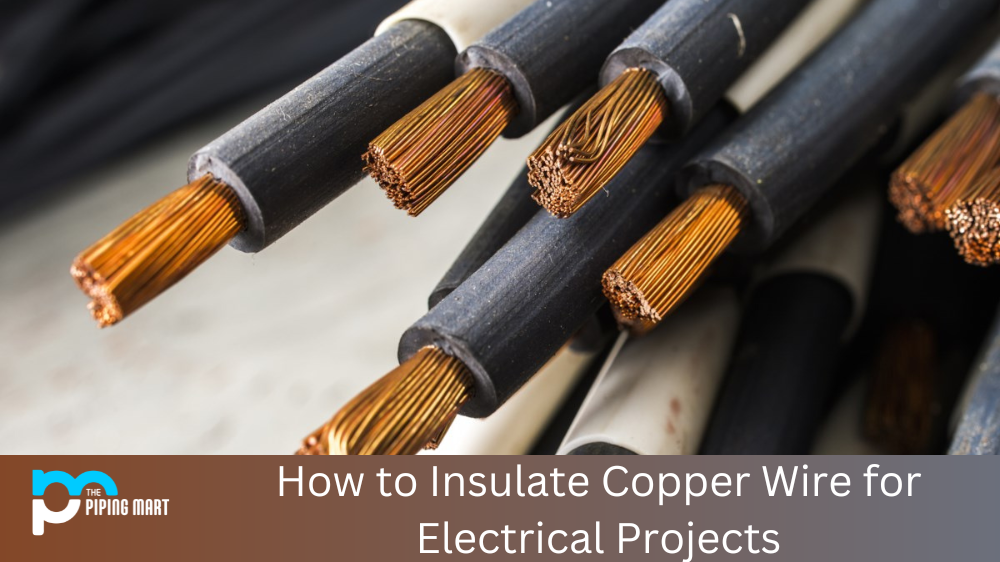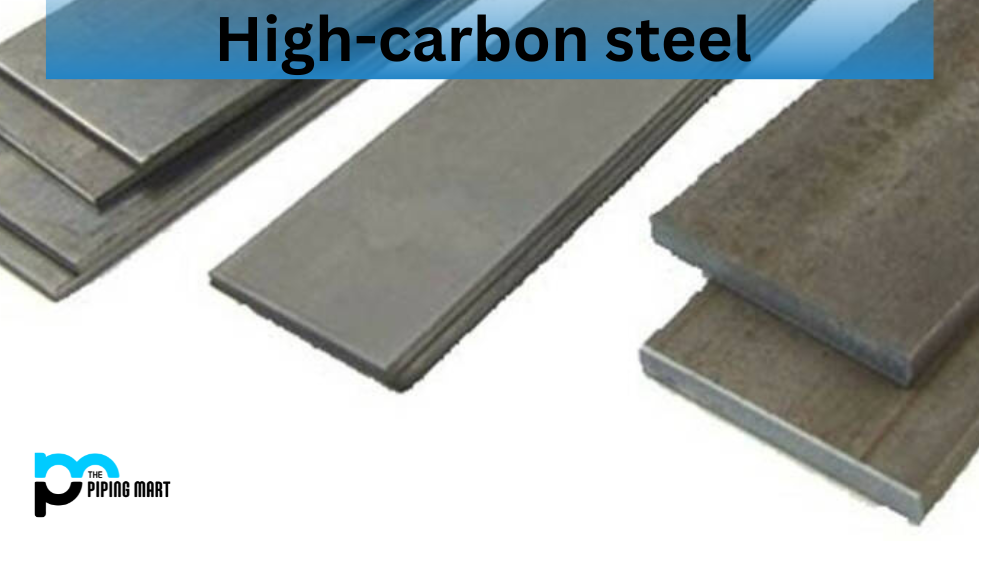Insulating copper wire is an important step in any electrical project. This process prevents short circuits and accidental electric shocks from occurring. It also helps protect the components in your system from heat and corrosion. This guide will cover the basics of insulating copper wire so you can complete your electrical projects safely and effectively.
Tools Needed
Before you get started, it’s important to make sure you have all the necessary tools on hand. You will need various insulation materials such as PVC, electrical, heat shrink tubing, or sleeving. Depending on the type of insulation you are using, you may also require additional tools such as scissors, wire cutters, a soldering iron, and a crimping tool.
Insulating the Wire
Once you have all the necessary tools and materials, it’s time to insulate your copper wire. The first step is to gather the ends of each wire together so that they are close enough to be wrapped with insulation material. Depending on what kind of insulation material you use (i.e., PVC tape or heat shrink tubing), you may need to cover multiple layers around the wires for extra protection. Make sure that each layer is tightly wound and there are no gaps between them; otherwise, electricity can still pass through these gaps and cause damage or injury. After securing each layer with a tight wrap or tape, it’s time to move on to the next step, sealing off any exposed areas where electricity could escape your system.
Sealing Off Exposed Areas
The last step in insulating copper wire is to seal off any exposed areas where electricity could escape your system. This includes gaps between two insulation material sections or at the edge of one section (where two pieces meet). If you are using PVC tape or electrical tape for this process, then simply wrapping more layers over those gaps should do the trick; however, if you are using heat shrink tubing or sleeving, then you may need to use a soldering iron or crimp tool to ensure a secure seal before moving onto the next step in your project.
Conclusion:
Insulating copper wire is essential to any electrical project because it prevents short circuits and accidental electric shock from occurring while protecting components from heat and corrosion. To do this correctly, make sure that all necessary tools and materials are on hand before beginning work on the wires by gathering their ends together tightly enough for whatever type of insulation material you use (i.e., PVC tape or heat shrink tubing). Finally, use additional layers of insulation material (or soldering/crimp tools if needed) to seal off any exposed areas where electricity could escape from your system before completing your project safely and effectively!




